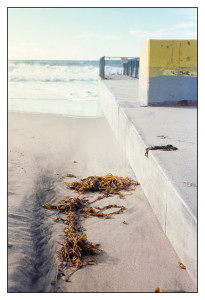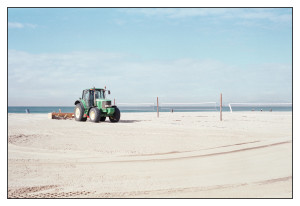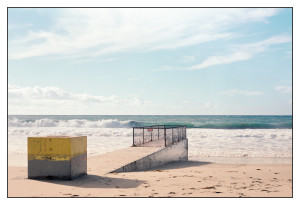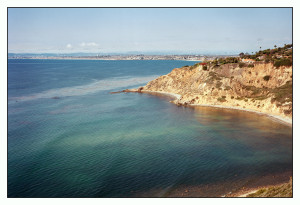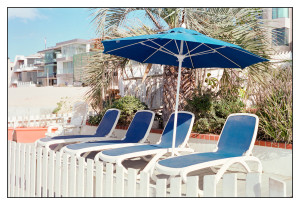Throughout my life I have developed a certain set of aesthetic likes and dislikes. A personal philosophy that shapes almost everything that I create, the objects that I have made out of wood and metal, the meals I have cooked for friends and family and most certainly the images that I have attempted to make with a camera. That aesthetic sense usually filters down to the tools I use also. The utilitarian beauty of a folded steel Japanese chef’s knife or a blue steel bench chisel, the no frills perfection of a Shaker workbench or the simple, straight forward design of a Leica M film camera. The only things included are what is absolutely necessary and the design will likely never be improved on. And they all are gorgeous to me.
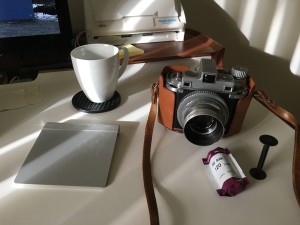 So what attracted me to the Kodak Medalist II? I can’t tell you. Design wise it’s a mess. It has the ergonomics of a brick. When the lens is extended it is so front heavy that you can’t carry it on a strap around your neck, it’s just too awkward. It’s a steampunk nightmare, but I love it.
So what attracted me to the Kodak Medalist II? I can’t tell you. Design wise it’s a mess. It has the ergonomics of a brick. When the lens is extended it is so front heavy that you can’t carry it on a strap around your neck, it’s just too awkward. It’s a steampunk nightmare, but I love it.
The camera has it’s good points, some of them are great points. It is a 6×9 medium format camera that takes 620 film or, if modified correctly, 120 film. The Medalist build quality is very good, like a tank, or a Willys Jeep, it gets the job done and doesn’t break down. The Ektar lens is superb, the viewfinder is bright and focusing is simple. But, if you don’t read the manual, some of its quirks might find you and ruin your day. Film photographers like to wax poetic about “slowing down”, well there is no choice with this camera, the shutter release is awkward and stiff, if you don’t hold the camera just so you will not be steady when you press the button and the film advance is a knob that is certainly not quick.
All in all, this is one camera that I will probably always hold on to. The image making capability is on par with the best modern medium format cameras and I just like looking at it.
Here are a few images I made on Fuji Pro 400h and then developed at home with an Arista C-41 kit.
